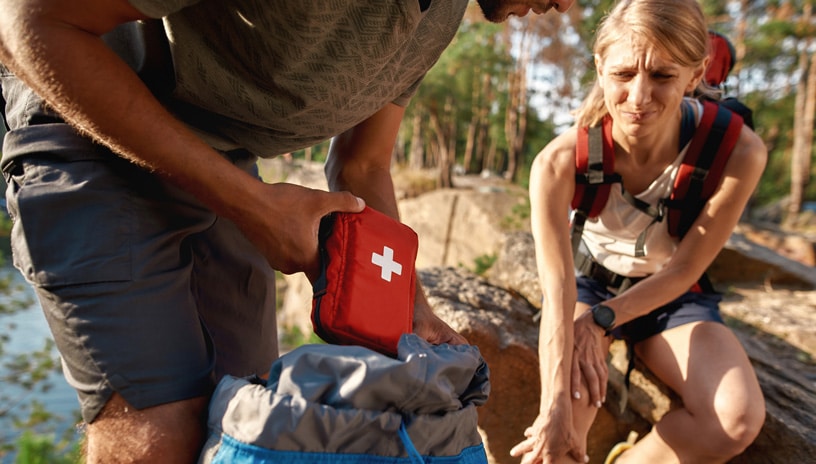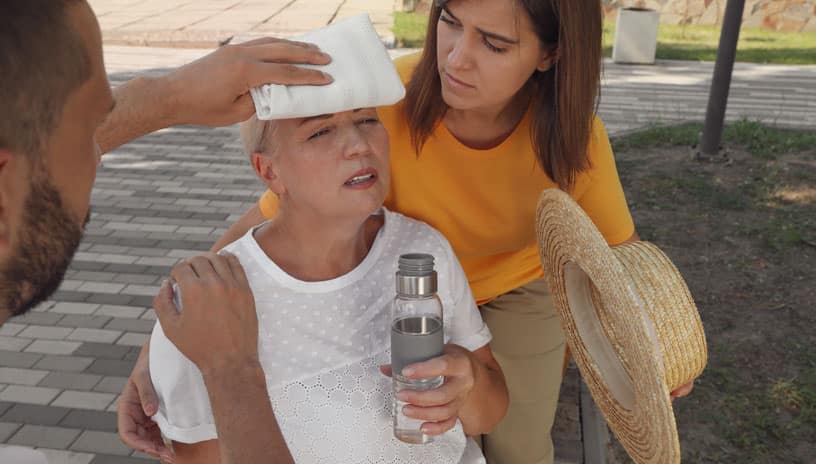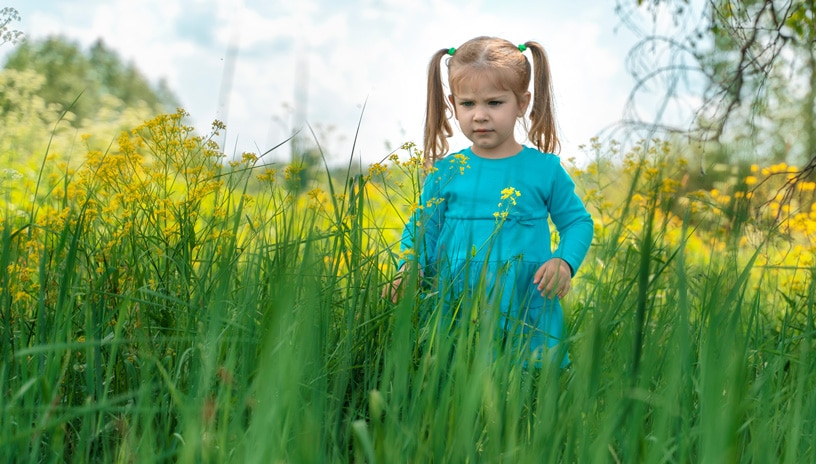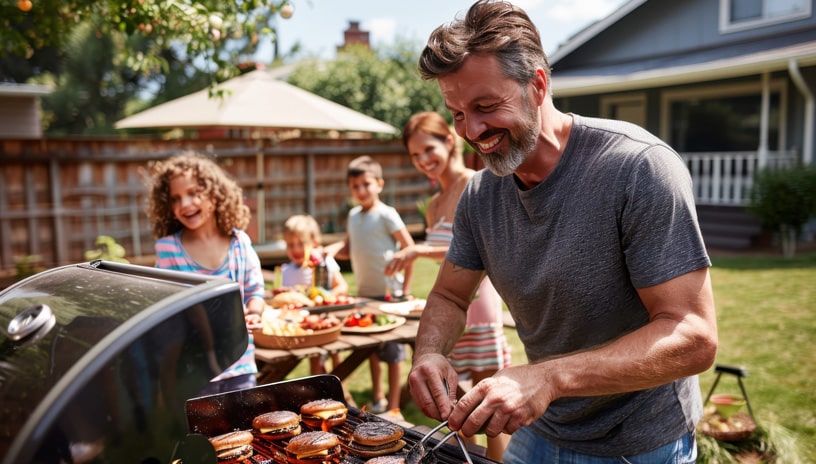Fourth of July Food Safety
Four Steps to Food Safety: Clean, Separate, Cook, Chill
For the Fourth of July, whether you’re grilling out, packing a picnic, or getting a snack together to eat while you watch fireworks, there are some simple steps you can take that will reduce the chance of getting a foodborne illness.
“One of the biggest causes of foodborne illness is temperature,” said Illinois Department of Public Health Director Dr. Ngozi Ezike. “Food that is not cooked thoroughly or is not kept at the right temperature can lead to foodborne illness like Salmonella and norovirus. Foods that enter what is sometimes called the ‘Danger Zone,’ between 40 F and 140 F, is when bacteria grow most rapidly. Fend off foodborne illness this Fourth of July by following four simple steps – clean, separate, cook, and chill.”
Four steps that help prevent food safety:
- Clean: Wash your hands, surfaces, and utensils frequently.
- Separate: Keep raw foods and ready to eat foods separate.
- Cook: Cook food to the correct temperature.
- Chill: Refrigerate food promptly.
Before you cook food or eat, make sure to wash your hands. If there is no running water and soap to wash your hands where you’re going, don’t forget to bring the hand sanitizer. Clean your hands before preparing food and eating.
It can be difficult to keep food cold during the summer, especially while traveling. One tip to help keep your cooler below 40 F is to pack beverages in one cooler and food in another. Chances are the cooler with the beverages will be opened much more frequently, causing the temperature inside the cooler to fluctuate, which would be bad news for food.
Food should also be separated in the cooler: raw meat and poultry should be separate from fruits, vegetables, cheeses, salads, and even cooked foods. This will help avoid cross contamination. The juices of raw meat can mingle with foods that are ready to eat and you could end up with a Salmonella sandwich instead of a hamburger on a bun. And make sure the cooler is in the shade and out of the direct sun. This will help keep the temperature below 40 F.
Now it’s time to apply some heat. Whether you’re cooking on the grill or in a kitchen, make sure food reaches the proper temperature. And don’t just eyeball the color of the meat. That doesn’t always indicate the level of doneness. Use a meat thermometer.
- 145 F – whole cuts of beef, pork, lamb, and veal
- 145 F – fish
- 160 F – hamburgers and other ground beef
- 165 F – all poultry and pre-cooked meats, like hot dogs
Make sure to use clean utensils and a clean plate when you take food off the grill. Using the same utensils and plate that you did for the raw meat could add an unintended E.coli marinade to your food.
Once you’ve had your fill, it’s time to chill. Make sure all leftovers are refrigerated or put on ice within two hours after cooking, or one hour if the temperature is above 90 F. Don’t let that potato salad bake in the sun and become a source of sickness.
More food safety tips or information about foodborne illnesses and symptoms can be found on the Centers for Disease Control and Prevention website.






